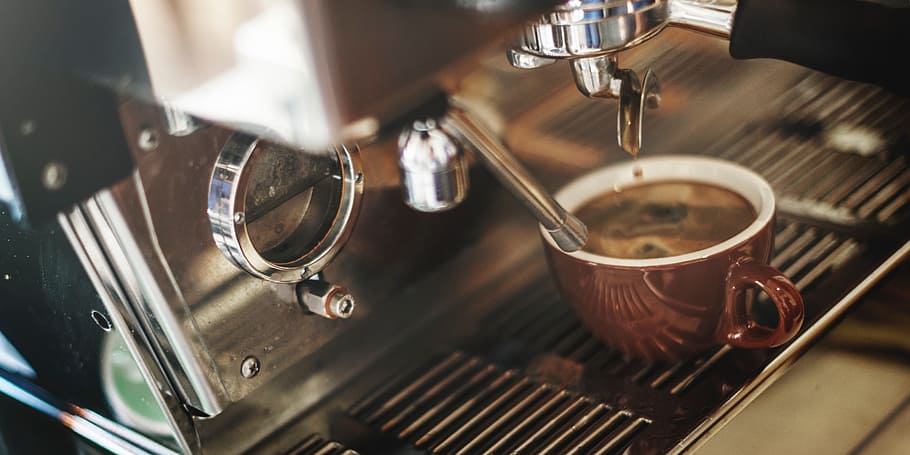Espresso is a complex and flavorful coffee beverage that requires careful attention to detail in order to achieve the perfect shot. While there are many variables that contribute to a great espresso, there are five main elements that are essential to creating a delicious and well-balanced shot. In this article, we’ll take a closer look at these five elements and discuss how they work together to create the perfect espresso.
1. Coffee Beans
The first element of espresso is the coffee beans themselves. High-quality espresso at home requires high-quality beans that are carefully selected, roasted, and ground. The type of coffee beans used can have a significant impact on the flavor and aroma of the espresso, and there are many different varieties to choose from.
Espresso beans are typically roasted for a longer period of time than other coffee beans in order to bring out their rich and complex flavors. They also tend to be roasted darker, which gives the espresso a deep, caramelized flavor.
2. Grind
The second element of espresso is the grind. The coffee beans must be ground to a fine, uniform texture in order to create a shot of espresso that is well-balanced and flavorful. The ideal grind size for espresso is similar to that of table salt, and the grind should be adjusted based on the specific espresso machine being used.
If the grind is too coarse, the water will flow through the coffee too quickly, resulting in a weak and watery shot. If the grind is too fine, the water will struggle to pass through the coffee, resulting in a bitter and over-extracted shot.
3. Water
The third element of espresso is the water. The quality and temperature of the water used can have a significant impact on the flavor of the espresso. The water should be fresh and clean, with no impurities or off-flavors that could affect the taste of the coffee.
The ideal temperature for brewing espresso is between 195 and 205 degrees Fahrenheit. If the water is too cold, the coffee will be under-extracted and weak. If the water is too hot, the coffee will be over-extracted and bitter.
4. Pressure
The fourth element of espresso is pressure. Espresso machines use high-pressure pumps to force hot water through the ground coffee, creating a rich and flavorful shot. The ideal pressure for brewing espresso is between 8 and 10 bars, which helps to extract the full flavor and aroma of the coffee without over-extracting or under-extracting it.
The pressure used can also have an impact on the crema, which is the layer of frothy foam that forms on top of the espresso shot. The crema is an important component of a great espresso, and a well-made shot should have a thick and creamy crema.
5. Time
The final element of espresso is time. The amount of time that the water is in contact with the ground coffee is critical for achieving a well-balanced and flavorful shot. The ideal extraction time for espresso is between 25 and 30 seconds, which allows the water to pass through the coffee evenly, extracting the flavors and aromas of the beans without over-extracting or under-extracting them.
If the extraction time is too short, the espresso will be weak and watery. If the extraction time is too long, the espresso will be over-extracted and bitter.
Conclusion
In conclusion, the five main elements of espresso are coffee beans, grind, water, pressure, and time. Each of these elements plays a critical role in creating a delicious and well-balanced shot of espresso. By paying careful attention to each of these elements and using high-quality equipment and techniques, you can create the perfect espresso shot every time. So next time you’re brewing espresso, remember to consider these five elements and enjoy the rich and complex flavors of this beloved coffee beverage.









